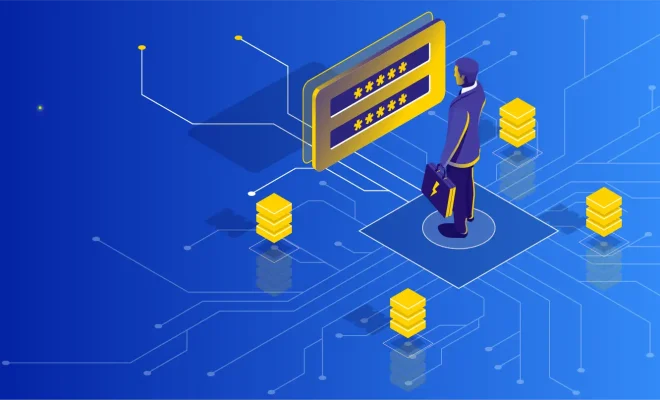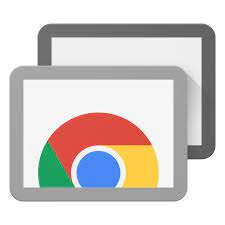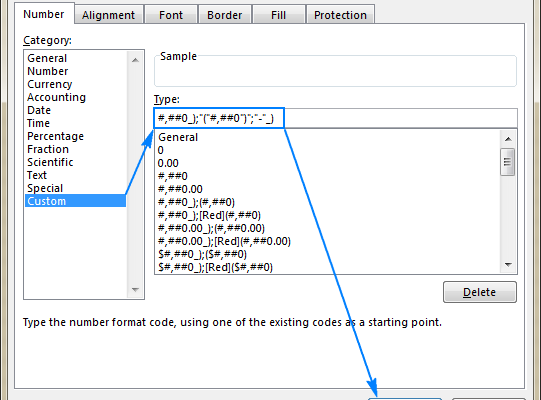What is Encoding?

Encoding is the process of converting data from one format to another, usually from human-readable text to computer-readable binary code. This process plays a crucial role in the transfer and storage of information in digital form.
In simple terms, encoding allows computers to understand and interpret human language or data. For instance, when you type a letter or a word on your computer, your keyboard sends an electrical signal to your computer that gets translated into binary code, which is understood by the computer. The binary code is a combination of ones and zeros that represent each character or symbol of the text you typed.
There are different types of encoding, including character encoding, image encoding, audio encoding, and video encoding. Each of these types of encoding serves a specific purpose and requires different methods of conversion.
Character encoding is used to represent text in digital form. This type of encoding uses a set of rules that assign numerical values to each letter, symbol, and punctuation mark in the text. Examples of character encoding include ASCII, Unicode, and UTF-8.
Image encoding is used to convert digital images into a format that can be displayed on a computer screen. This type of encoding compresses and decompresses the image data to make it easier to store and transfer. Examples of image encoding include JPEG, PNG, and GIF.
Audio encoding is used to convert audio files into a format that can be played on a computer or other digital device. This type of encoding compresses audio data to reduce the file size without compromising the quality of the sound. Examples of audio encoding include MP3, WAV, and AAC.
Video encoding is used to convert video files into a format that can be played on a computer, TV, or other digital device. This type of encoding compresses video data to reduce the file size without compromising the quality of the video. Examples of video encoding include MPEG-4, AVI, and Quicktime.
In summary, encoding is an essential component of modern computing that allows humans to communicate with computers effectively. Without encoding, it would be impossible to store and transfer digital data in a format that can be easily understood by both humans and computers. Different types of encoding are used for different types of data, and each type of encoding requires a different method of conversion.






